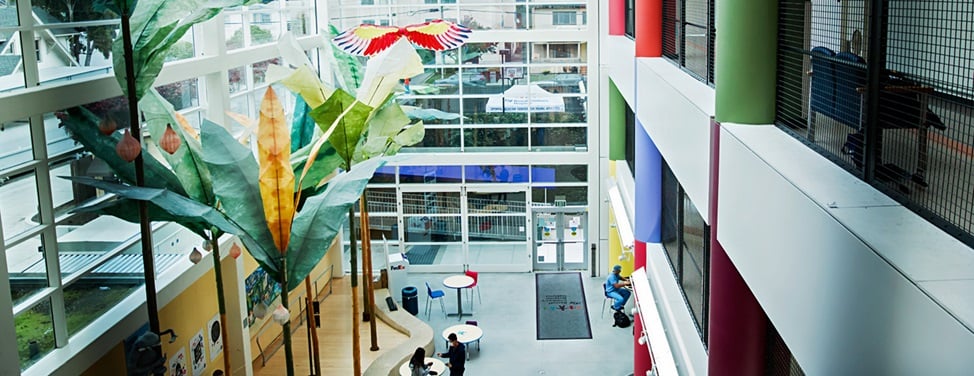What is a central line?
A central line, also called a central venous catheter, is a tube placed into a large vein, often in the neck, chest, arm or groin. These catheters are used to take blood samples or to give medications and fluids. Central lines may be left in place for several weeks and are often needed for today's complex patient care.
What is a central line-associated bloodstream infection (CLABSI)?
A CLABSI can occur when germs multiply on the central line material and enter the bloodstream. A CLABSI can cause fever and chills or make the skin around the catheter become red and tender. A CLABSI can be dangerous and lead to serious complications, even death, especially for critically ill patients. At UCSF Benioff Children's Hospital San Francisco, the intensive care nursery and other pediatric intensive care units treat the sickest, most fragile babies and children, who may require central lines.
How does UCSF Benioff Children's Hospital San Francisco measure CLABSIs?
UCSF Benioff Children's Hospital San Francisco measures CLABSI rates using the methods of the National Healthcare Safety Network (NHSN) of the Centers for Disease Control and Prevention. The rate is expressed as the number of infections per 1,000 central line days (the total number of days any patient has a central line in place). For example, if two patients had a central line for five days each, that’s a total of 10 central line days.
What is the CLABSI rate at UCSF Benioff Children's Hospital San Francisco?
Lower is better when comparing these infection rates.
Our goal is to have zero central line–associated bloodstream infections in our hospital.
Central Line-Associated Bloodstream Infections
| Year | Infection Rate |
|---|---|
| FY2021 | 1.10 |
| FY2022 | 1.39 |
| FY2023 | 1.05 |
| FY2024 | 0.47 |
| FY2025 | 0.66 |
Rates are derived from the number of central line-associated bloodstream infections/1,000 patient days.

































